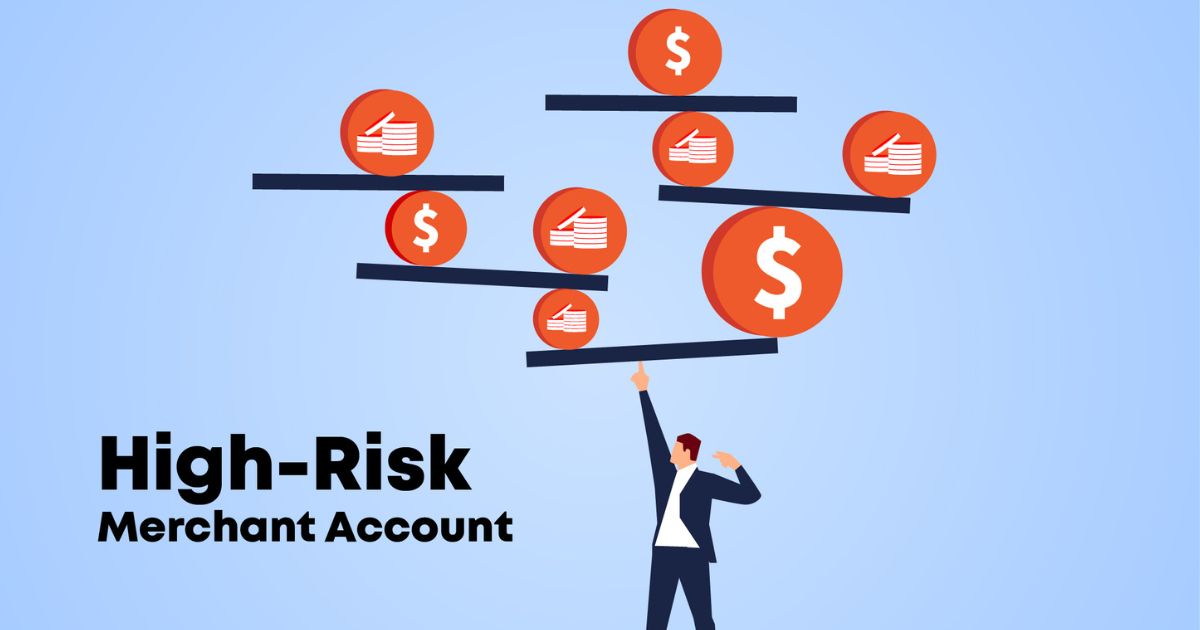
| March 11th, 2021 |
The Significance of High-Risk Merchant Account in 2021, Read To Know More!
In the new changing world of today, payment processing has become the next-good thing. Perhaps, this is the reason why many businesses are at high risk. In recent years, many companies have started their business operations with the help of payment processing. In this guide, we’ll explore why having a high-risk merchant account was particularly important in 2021, and how it helps businesses navigate financial uncertainties and stay competitive in their industries.
What is a high-risk merchant account?
A high-risk merchant account is known as a payment processing account meant for high-risk businesses. High-risk businesses are more vulnerable to chargebacks, and one needs to pay higher fees for merchant services.
In many business organizations, businesses’ chances to suffer from a high potential of chargeback are much more.
Take a Glance at Some Factors linked with the High-Risk Merchant Services —
Bad Credit Score:
By Default, merchants carrying a low credit score are more significant risk bearers than those with a high credit score.
Even the merchants not having an excellent credit score can never get the payment’s solution. They can also approach bad credit merchant account providers.
Start-up Businesses:
Many financial institutions do prefer to work with merchants that have already started to accept credit card payments. One can quickly analyze the exact volume that the merchant can bring in and the expected chargeback ratio. Thus, one could keep an eye on the genuineness of the merchant and the high-risk band merchant registration fee.
Cross Border Transactions:
Many payment processing companies do carry jurisdiction in terms of merchant acceptance. A cross-border transaction is basically the transfer of property, goods, and services between individuals and other business entities present in different jurisdictions.
This transaction revolves around buying anything over the internet from any offshore location. It has benefitted many multi-tier joint ventures to make a landmark in another country and has allowed them to reap more benefits.
These days, the value of cross-border transaction has come to a halt because of the exceeding High-Risk Merchant Accounts that have opened numerous avenues for small businesses to grow significantly.
Increase in Monthly Sales Projection:
The merchant account application comprises fields that allow the processor to scan the business. In-depth analysis and monthly expected sales volume do help the companies to grow significantly.
As a high-risk business merchant, you need to ensure high financial standing, a high merchant credit score, and an increased sales forecast.
High Chargeback to Sales Ration:
In finance, the merchant account application has got many fields that allow the processor to scan the business. Even the in-depth analysis of the monthly expected sales volume determines the sales promotion. There are times when the merchant thinks that a giant sales projection will surely impress the underwriter. IT also increases the credit risk. Even the higher forecast of sales and lower merchant credit score shall not help the merchant to get approved. Thus, one needs to be realistic and do need to state what is achievable.
Approval Ratio:
Approval Ratio is the critical challenge that comes in the High-Risk processing industry. It is a solution that works with a high decline ratio and can adversely impact the business. Thus, a business person should always work with a processor that offers a high approval ratio for card transactions. One should prefer to work with an acquirer or PSP from the same zone. Like, European Union Merchants should always choose processors from the EU or European Economic Area. It will help processors and even help the merchants relying upon credit cards.
When an entrepreneur applies for a high-risk merchant account, he will submit the last six months’ processing history. Then, this document is checked for authenticity, and after then the data is analyzed.
This is because the processing history helps the processor to understand the expected monthly sales volume, average ticket size, average chargeback, and average return percentage.
It allows merchants to approach the processor and also gives more focus on Alternative Modes of Payment.
Rolling Reserves for Higher Merchant Risk Account:
The reserve amount gets applied to every transaction. In this case, the acquirer holds the amount for 180 days. The rolling reserve ranges from 5% to 10%. In many cases, the processor can also approve the fixed reserve amount.
In rare cases, the processor is also liable to fix the reserve amount. It also means that the merchant can deposit the specific amount with the processor. It is said that the merchant gets a rolling reserve after 180 days post-closure of the account.
Conclusion —
In conclusion, high-risk merchant accounts proved to be essential for businesses facing elevated financial risks in 2021. By providing the flexibility to manage higher chargebacks, fraud, and regulatory complexities, these accounts ensured that high-risk businesses could continue to operate smoothly and securely. Partnering with a reliable payment processor helped mitigate financial challenges, allowing businesses to grow and thrive despite their risk status. As industries evolve, high-risk merchant accounts remain a key asset for companies needing specialized payment solutions to safeguard their operations.